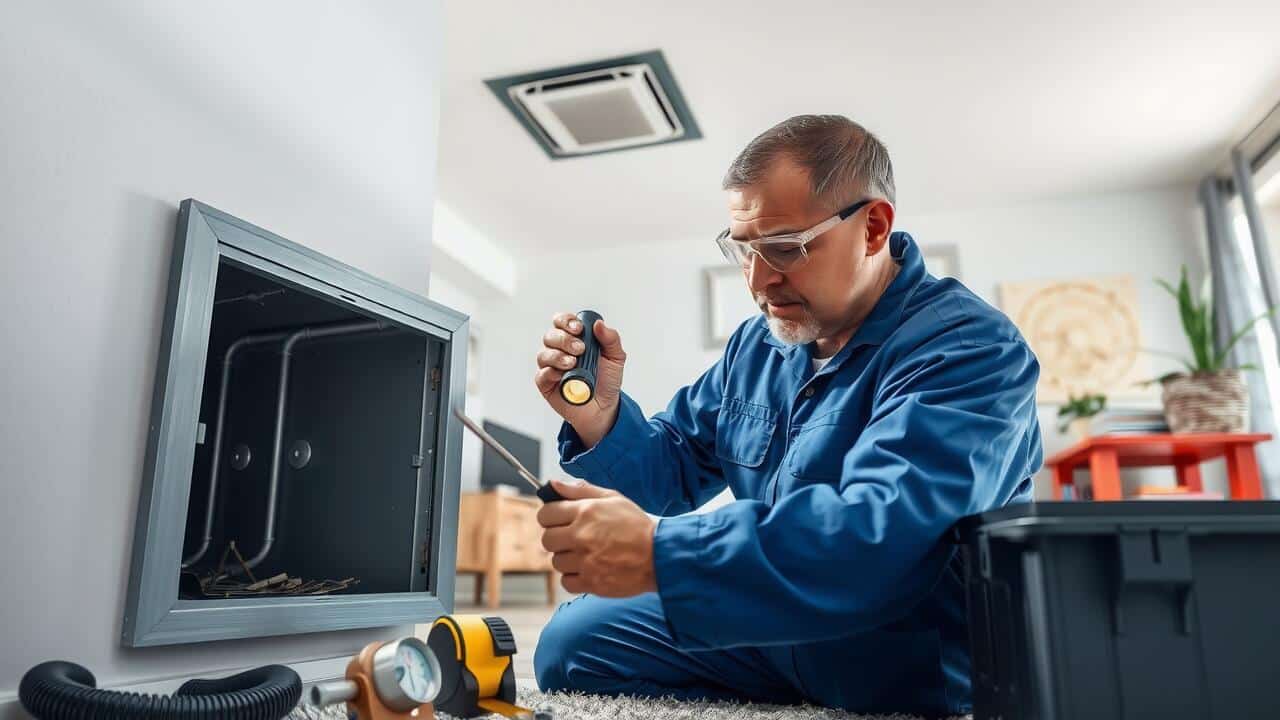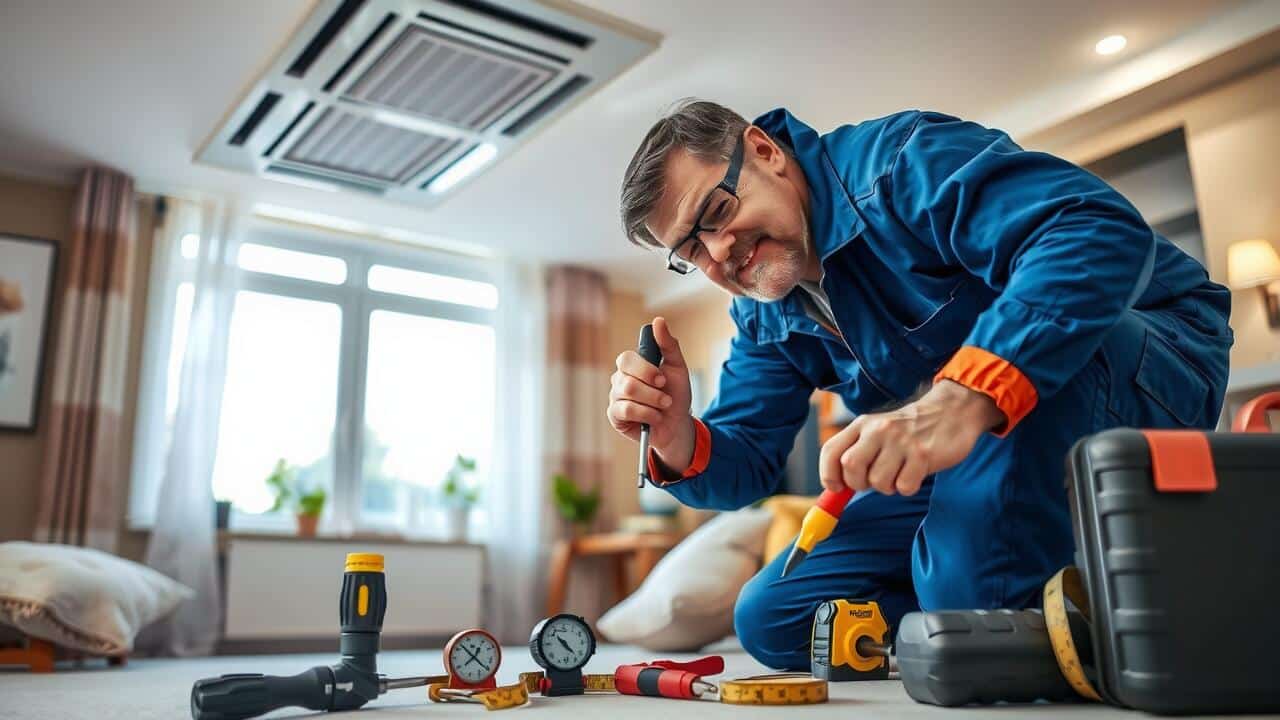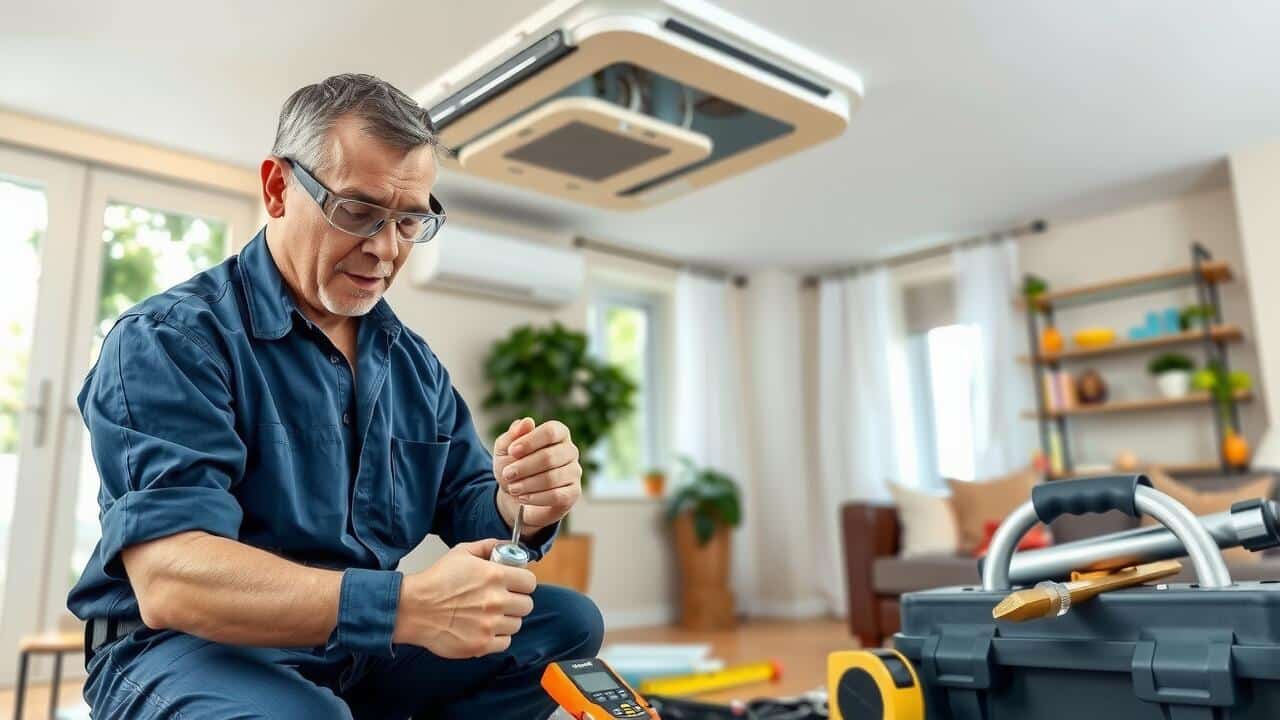
Table Of Contents
Vent Blockages
Obstructions at supply vents can significantly hinder airflow throughout your HVAC system. Dust, furniture, or other items may block the vents, reducing air circulation. Regular inspection can help identify these blockages. Keeping vents clear ensures that conditioned air moves freely into your living spaces.
Additionally, the buildup of debris inside the ducts themselves can also contribute to airflow issues. This accumulation can lead to reduced efficiency and a potential increase in energy costs. Performing comprehensive air duct troubleshooting can help locate these problems early and facilitate effective cleaning or repairs. Addressing such blockages promptly can restore optimal air circulation.
Obstructions at Supply Vents
Supply vents play a crucial role in distributing conditioned air throughout your space. Any blockage at these vents can significantly impede airflow. Common obstructions include furniture, curtains, or decorative items that restrict the air’s path. Dust and debris accumulation can also hinder airflow, making regular inspections necessary to maintain optimal air circulation.
During air duct troubleshooting, it’s essential to ensure that all supply vents are clear. Even minor blockages can lead to uneven heating or cooling in your home. This can result in increased energy costs as your system works harder to compensate for the reduced airflow. Checking for and removing any obstacles will enhance efficiency and comfort levels in your environment.
Leaks in the Duct System
Leaks in the duct system can significantly hinder airflow throughout your home. Even small cracks or gaps can lead to a substantial loss of conditioned air. This can result in uneven heating or cooling, driving up energy bills as your HVAC system works harder to maintain the desired temperature. Regular inspection of your ducts is essential for identifying potential leaks, as they are often hidden behind walls or ceilings.
Air Duct Troubleshooting should include checking for loose connections or deterioration of the duct material itself. Over time, ducts can become damaged due to wear and tear or poor installation. Sealing these leaks with appropriate materials can restore airflow efficiency and enhance the overall performance of your heating and cooling system. Addressing these issues not only improves comfort but also extends the life of your HVAC equipment.
Sealing Issues Causing Air Loss
Leaks in the duct system can significantly hinder airflow. Over time, joints and seams can wear out, leading to gaps where air escapes before reaching the intended rooms. This not only reduces efficiency but can also cause certain areas of your home to receive inadequate heating or cooling. Detecting these leaks is crucial for effective Air Duct Troubleshooting.
Sealing these gaps can be a straightforward process if identified early. Use mastic sealant or specialized tape to cover the joints and any visible holes. Insulating ducts can also help prevent further air loss. Regular inspections can make a significant difference in maintaining airflow and overall system performance.
Thermostat Settings and Functionality
Thermostats play a crucial role in regulating indoor temperatures and ensuring efficient air circulation. If the settings are incorrect, it can lead to insufficient airflow, causing discomfort. A thermostat set too high or low may not trigger the heating or cooling system effectively. This can result in areas of a home not receiving the expected temperature adjustments, impacting overall comfort levels.
In addition to incorrect settings, a malfunctioning thermostat can disrupt airflow through the duct system. If the thermostat is not communicating properly with the HVAC unit, it can result in inconsistent heating or cooling. Regular Air Duct Troubleshooting should include checking the thermostat functionality. Ensuring that it is calibrated correctly can help maintain optimal airflow and energy efficiency within the home.
Incorrect Temperature Settings
Incorrect temperature settings on your thermostat can lead to significant airflow issues in your home. When the thermostat is set to an inappropriate temperature, the HVAC system may not operate efficiently. If the setting is too low during winter months, the furnace might struggle to produce heat, resulting in minimal airflow through the ducts.
Air duct troubleshooting often reveals that many homeowners inadvertently create these problems through incorrect adjustments. For instance, setting the thermostat too high in warmer months can prompt the air conditioning unit to overwork, leading to inadequate airflow as the system becomes overwhelmed with demand. It’s crucial to ensure that the thermostat is set at an optimal temperature for comfortable indoor conditions.
FAQS
What are common causes of air not flowing through my ducts?
Common causes include vent blockages, leaks in the duct system, and incorrect thermostat settings.
How can I identify obstructions at my supply vents?
Check for any furniture, dust, or debris blocking the vents. Make sure they are fully open and clear of obstructions.
What should I do if I suspect leaks in my duct system?
Inspect the ducts for visible signs of damage or disconnection and consider hiring a professional to perform a thorough examination and seal any leaks.
How can sealing issues cause air loss in my duct system?
Poorly sealed ducts can allow conditioned air to escape into unconditioned spaces, resulting in reduced airflow and efficiency.
What thermostat settings should I check if my air isn’t flowing properly?
Ensure that your thermostat is set to the correct mode (heating or cooling) and that the temperature settings are appropriate for your comfort level.

